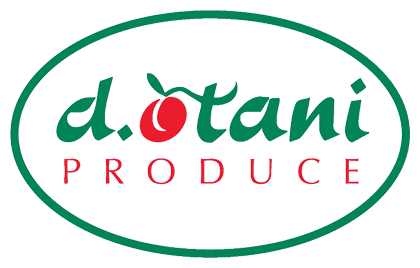With their different deals and varied growing regions in Peru that they work with, U.S. importers have slightly different takes on the size of this year’s crop and how long there will be promotional pricing. But they all seemingly agree that the sweet spot for Peruvian asparagus will start in October and continue into November when shipments peak and holiday cooking makes the vegetable very popular.
“We expect good quality and volume from Peru this year,” said Katiana Valdez, marketing director for Crystal Valley Foods. “Pending weather, we expect Peruvian asparagus to start on time and end in January as in previous years. October is typically when we see promotable volume from Peru. Peruvian asparagus promotions are typically beneficial to help move volume during the month of October and early November.”
Southern Specialties Vice President of Business Development Charlie Eagle concurred. “We expect volumes to be similar to last year," he said. "Promotable volumes mid-October to November. Weather conditions are normal in Peru. As we get into hurricane season in Florida, there is always the chance Mother Nature will throw us a zinger. That would affect imports.”
He reiterated that mid-October through November are “great times to promote asparagus.”
Speaking to The Produce News in mid-August, Carb/Americas’ President Jeff Friedman said the Mexican asparagus deal was winding down, which should give a boost to the Peruvian product. The Pompano, FL-based company has been importing from both Mexico and Peru but expects Peruvian supplies to pick up quickly after Labor Day. He said there appears to be no trade issues with Peru so there shouldn’t be any issues with the asparagus moving into the United States either by air or sea. He said this summer there have been delays at the U.S.-Mexican border in Texas trying to get trucks across. Friedman said the United States shifted a number of border agents from Texas to California, slowing the crossing process in Texas. “But Mexico should be out of the deal in the next week or two,” he said.
Walter Yager, CEO of Alpine Fresh Inc., predicted a slight decrease in Peruvian asparagus this year. “We think production will be down 5-6 percent. Winter has been a little colder than normal and we don’t expect large volumes until mid-October.”
Tracy Wood, vice president of sales for Seven Seas-Mexico, a division of the Tom Lange Co., had a different take. “We expect supplies from Peru to be similar to last season with production increasing in mid-September and promotable supplies beginning in October.”
As far as potential for sales are concerned, Valdez of Crystal Valley sang an optimistic note: “Although consumption has steadily increased over the years, there is still great potential for us as an industry to help grow the asparagus category and increase demand. We need to remind current asparagus consumers about its great health benefits and introduce new and innovative usages and we also need to reach out to those consumers who may not know about this amazing vegetable yet.”
She added that the supermarket industry has an important role to play in this endeavor. “Retailers can continue to educate consumers about asparagus usages and health benefits through traditional POS as well as by sharing recipes and information on their websites and social platforms,” she said. “In-store demos are also a great vehicle for increasing retail movement of both white and green asparagus and offer customers a chance to try the product perhaps in a unique way that they might night have thought of before.”
Eagle also praised the work that has occurred so far in moving the needle on Peruvian asparagus consumption. “PAIA (Peruvian Asparagus Importers Association) has done a good job creating marketing material for the retail industry. Consumers look for a variety of presentations that suit their needs.”

